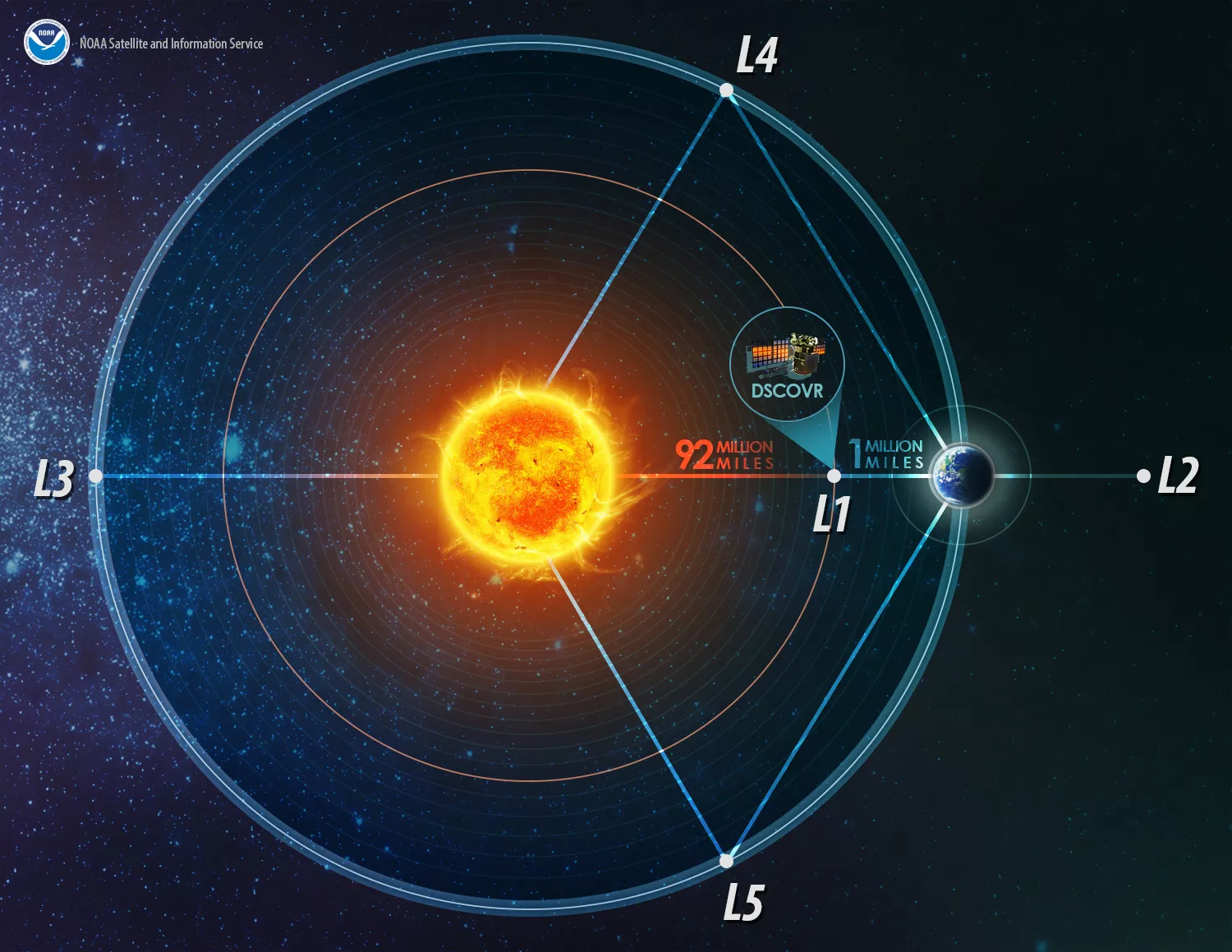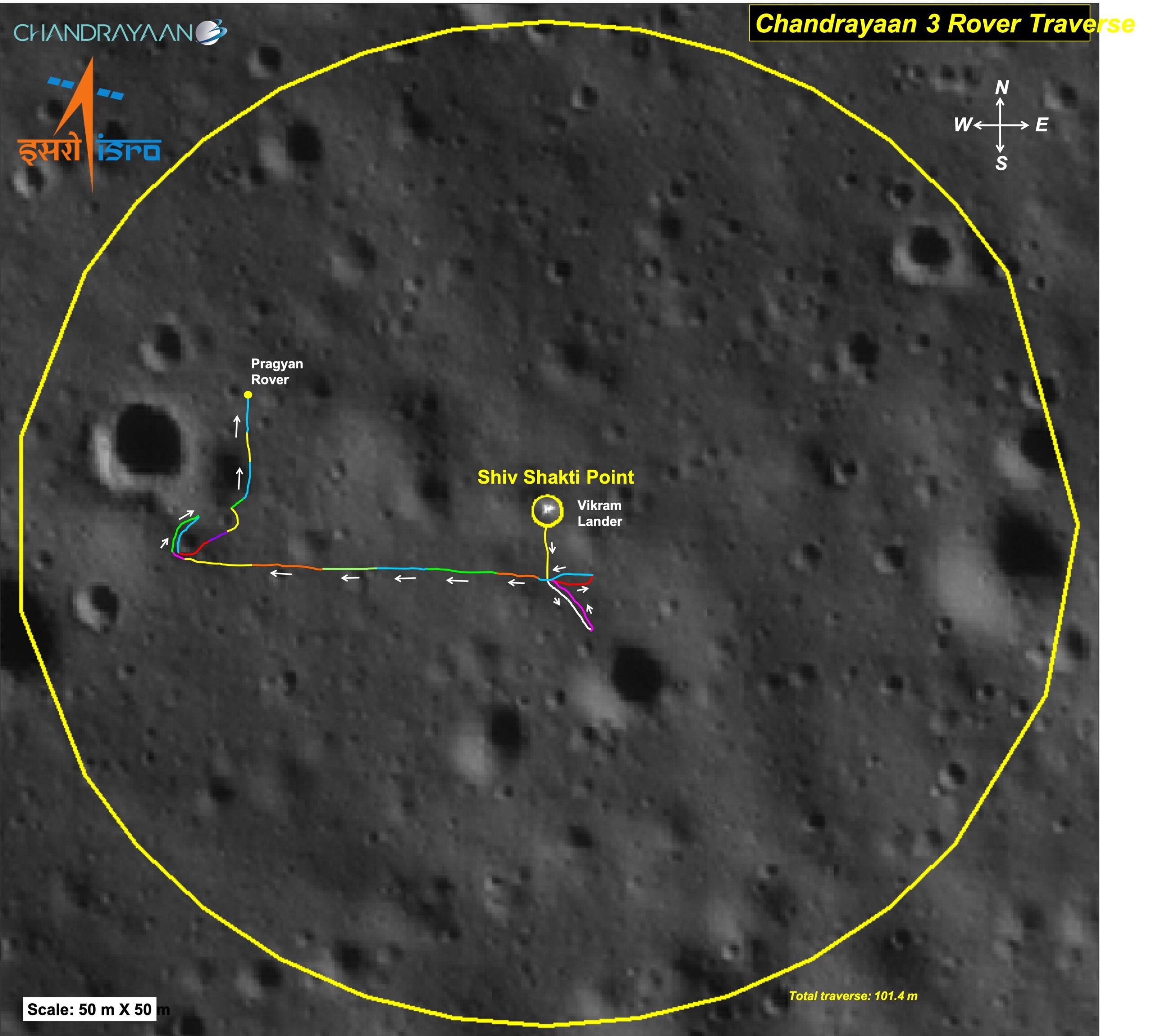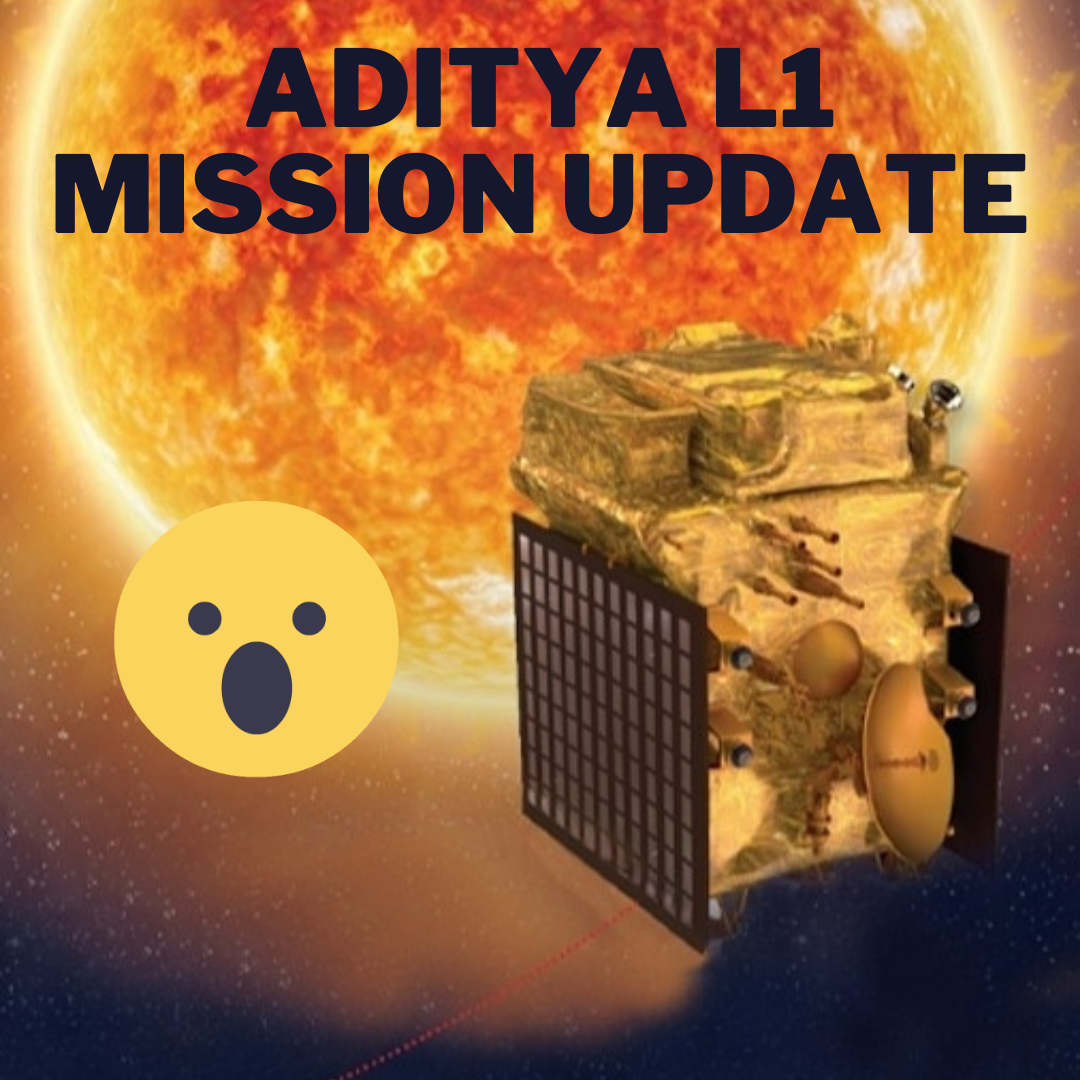
Table of Contents
Introduction
In this article we will discuss about Aditya L1 Mission Updates. In our previous article we have already discussed in detail about Aditya L1 mission, why name given as Aditya L1, why studying Sun is important, what is L1 point, travel time, payloads, mission objectives etc. You can read this article on the link: Aditya L1 Mission: Key Features, Launch Date, Travel Time, Payloads, Mission Objectives, Budget
Brief about Aditya L1
The Aditya-L1 is first Indian space mission designed to study the Sun. The spacecraft shall be placed in a halo orbit around the Lagrange point 1 (L1) of the Sun-Earth system, which is about 1.5 million km from the Earth. A satellite placed in the halo orbit around the L1 point has the major advantage of continuously viewing the Sun without any eclipses. This will provide a greater advantage of observing the solar activities and its effect on space weather in real time. The spacecraft carries seven payloads to observe the photosphere, chromosphere and the outermost layers of the Sun (the corona) using electromagnetic and particle and magnetic field detectors. Using the special vantage point L1, four payloads directly view the Sun and the remaining three payloads carry out in-situ studies of particles and fields at the Lagrange point L1, thus providing important scientific studies of the propagatory effect of solar dynamics in the interplanetary medium.

The suits of Aditya L1 payloads are expected to provide most crucial information to understand the problem of coronal heating, coronal mass ejection, pre-flare and flare activities and their characteristics, dynamics of space weather, propagation of particle and fields etc.
Aditya L1 Mission Update: Present Position of Aditya L1
As per ISRO, total travel time for Aditya L1 from launch to reach L1 point is about four months. Similar to Chandrayaan-3, initially the spacecraft will be placed in a low earth orbit. Subsequently, the orbit will be made more elliptical and later the spacecraft will be launched towards the Lagrange point L1 by using on-board propulsion. As the spacecraft travels towards L1, it will exit the earths’ gravitational Sphere of Influence (SOI). After exit from SOI, the cruise phase will start and subsequently the spacecraft will be injected into a large halo orbit around L1.

ISRO has given updates of Earth bound maneuvers of this space ship, timeline is as below:
1st Earth-bound maneuver (EBN#1): This was performed successfully on 03rd September 2023, one day after launch of the satellite from ISTRAC, Bengaluru. After this maneuver, spaceship attained orbit of 245 km x 22459 km.
2nd Earth-bound maneuver (EBN#2): This was performed successfully on 05th September 2023. After this maneuver, spaceship attained orbit of 282 km x 40225 km.

3rd Earth-bound maneuver (EBN#3): This was performed successfully on 10th September 2023. After this maneuver, spaceship attained orbit of 296 km x 71767 km.
4th Earth-bound maneuver (EBN#4): This was performed successfully on 15th September 2023. After this maneuver, spaceship attained orbit of 256 km x 121973 km. ISRO’s ground stations at Mauritius, Bengaluru, SDSC-SHAR and Port Blair tracked the satellite during this operation, while a transportable terminal currently stationed in the Fiji islands for Aditya-L1 supporting the post-burn operations.

From 18th September 2023, Aditya L1 has commenced the collection of scientific data.
Off to Sun-Earth L1 point!
As per ISRO’s update on ‘X’ handle, on dated 19th September 2023, the Trans-Lagrangean Point 1 Insertion (TL1I) maneuver is performed successfully. The spacecraft is now on a trajectory that will take it to the Sun-Earth L1 point. It will be injected into an orbit around L1 through a maneuver after about 110 days. This is the fifth consecutive time ISRO has successfully transferred an object on a trajectory toward another celestial body or location in space.

ISRO has recently shared video depicting pictures of Earth & Moon taken by camera on board of Aditya L1 spacecraft.
https://x.com/isro/status/1699663615169818935?s=20
Aditya L1 Mission Update: Scientific Experiments
One of the payload Aditya Solar wind Particle Experiment (ASPEX), which is designed for in situ scientific experiments to study Solar wind/Particle Analyzer Protons & Heavier Ions with directions. Sensors of the STEPS instrument mounted on the ASPEX have begun measuring supra-thermal and energetic ions and electrons at distances greater than 50,000 km from Earth. This data helps scientists analyze the behaviour of particles surrounding Earth. ISRO has shared image of reading which shows variations in the energetic particle environment.

For more update about the mission you can visit official website of ISRO on the link: ISRO Aditya L1
Travel Time
As per ISRO, Total travel time for Aditya L1 from launch to reach L1 point is about four months. It will be injected into an orbit around Langrange Point L1 through a maneuver after about 110 days of Trans-Lagrangean Point 1 Insertion (TL1I) maneuver, which was carried out on 19th September.
Chandrayaan 3 Update
There was day on moon for 14 days, when Lander and Rover performed their designated in situ experiments. After 14 days, there will be night which will last for next 14 days. During night, temperature of moon may drop below -230 degree C. It is very difficult for the equipments to survive during this freezing temperature, moreover these equipments are designed to last for 14 days, so it is expected that Lander and Rover will become inactive after 14 days. If they survive during night and continued sending data during day time for next 14 days, then it will be bonus for our moon mission.
We have already discussed in detail about Chandrayaan 3 in our series of articles in Science Blog Section; you can click on the link to read more: Science Blog Section
As per ISRO’s update on ‘X’ handle on date 02nd September, the Rover has successfully completed its assignments and now safely parked and set into Sleep mode. Data of various in situ scientific experiments from different payloads transmitted to the Earth via the Lander. Currently, the battery is fully charged. The solar panel is oriented to receive the light at the next sunrise expected on September 22, 2023. The receiver is kept on. So if everything goes normal till next sunrise then Vikram Lander and Pragyan Rover will wake up on 22nd September.
Before going into sleep mode, Pragyan rover has navigated over 100 meters on moon surface, as per image shared by ISRO.



4 thoughts on “Aditya L1 Mission Update: Present Status, Scientific Experiments, On board Images”